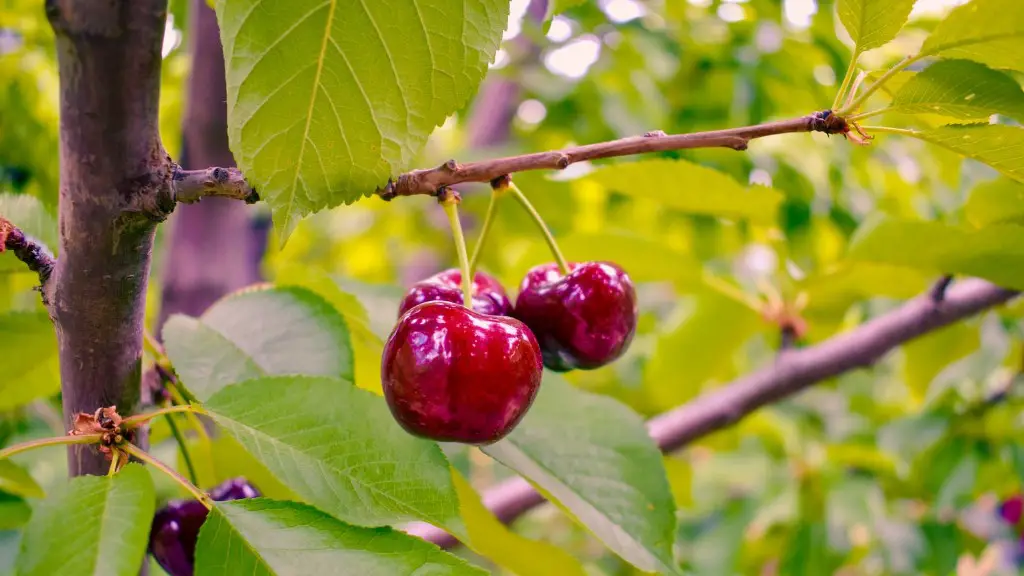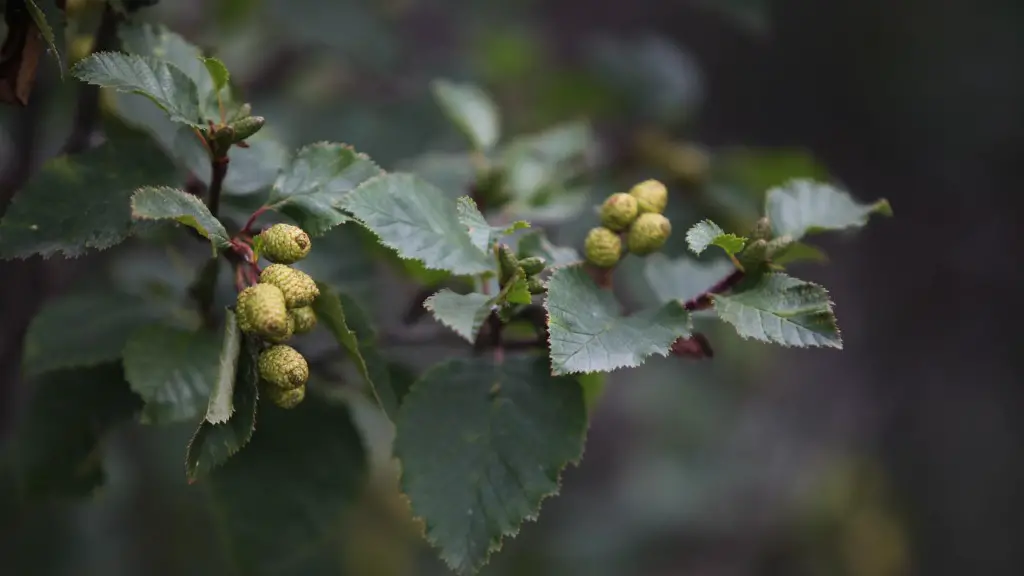When to prune your lemon tree in a pot depends on several factors. First, you need to assess the overall health of the plant. If the lemon tree has excellent health and is adequately mulched, watered, and has enough space and light, then it’s ready to be trimmed back. Pruning encourages the production of more shoots and new growth, yielding the best quality fruit. If there are dead branches, shoots that are too densely crowded, or immature fruits, then pruning is necessary.
It’s best to wait until the growth of the lemon tree slows down before pruning. Generally speaking, this happens during spring, when the tree starts to bloom and before the hot summer season. Pruning should also be done in February or March, when the leaves start to change and fall off. This is because the energy of the lemon tree is concentrated in the bud growth at this time, so it’s healthier to prune it.
Equipping yourself with the proper tools for the job is essential for effective pruning. Use scissors, shears, hand pruners, or a saw to trim off any dead branches and unruly shoots. Make sure to sterilize the tools in between uses to prevent infection and spread of diseases. Before and after you prune, make sure to water the lemon tree to replenish moisture into the soil.
Be mindful of your cuts. Pruning too deeply, too often, and excessively can seriously damage the tree and reduce its capacity for fruit production. Make sure to not prune more than one-third of the lemon tree’s branches and leaves, and always take off branches above a node — meaning the place where two branches intersect. This will ensure that the lemon tree can keep growing and producing healthy fruits for years to come.
It’s always important to remove any dead or diseased branches or leaves from the lemon tree. As they can cause health problems and diminish the tree’s growth rate, they should be removed as soon as they are spotted. Keep in mind, however, that too much pruning can stress out the tree and weaken its overall health, so make sure to prune as judicially as possible.
Reasons to Prune the Lemon Tree
Pruning is a necessary process for the overall health and production of the lemon tree. Proper pruning allows more light and air to penetrate the canopy, preventing diseases and encouraging new growth. It also helps manage the height and shape of the plant, removes any dead or diseased branches, and encourages fruiting. Pruning also helps make harvesting easier, since the lemons will be easier to reach.
Different Pruning Techniques
Prune an established lemon tree in a pot in late winter to early spring and sparingly between March and September. Different pruning techniques can be used depending on the shape and size of your lemon tree in a pot. Thinning is a method that can be used when a lemon tree has an overgrowth of branches. Here, selective branches are cut to reduce density in the canopy. Another technique is hedge pruning where branches are trimmed evenly and systematically in order to maintain a specific shape. For unruly and gnarled branches, prune back to the base, cutting in strategic places to create a more uniform shape.
When to Fertilize the Lemon Tree
Although pruning is essential to the health and production of the lemon tree, it is important to make sure the soil is adequately fertilized as well. For lighter soils, use a balanced fertilizer such as a 10-10-10 with three parts of nitrogen, phosphorus, and potassium every other month. For heavier soils, use a fertilizer with four parts nitrogen, one part of phosphorus, and two parts of potassium. During the summer, make sure to increase the concentrations in order to keep the tree healthy and promote fruit production.
Pruning Old Lemon Trees in Pots
Older lemon trees that have been planted in pots for a long time may have lost their vigor and branching structure. Pruning should be done carefully, for old trees are more delicate and vulnerable. Cut away any dead or diseased branches and make sure to not prune more than one-third of the total biomass. Selectively thin branches to allow more light and air movement, and use a balanced fertilizer to strengthen the tree’s roots.
Side Effects of Pruning a Lemon Tree in Pots
Pruning a lemon tree in a pot may have unexpected side effects. Overpruning can stress the tree out and reduce yields, while inadequate pruning can cause overcrowding and inhibit the growth of the tree. If pruning is done incorrectly, there is a greater chance of infection and spread of diseases, as well as depleted soil. Make sure to be judicious with your pruning and never take away more than one-third of the total biomass.


